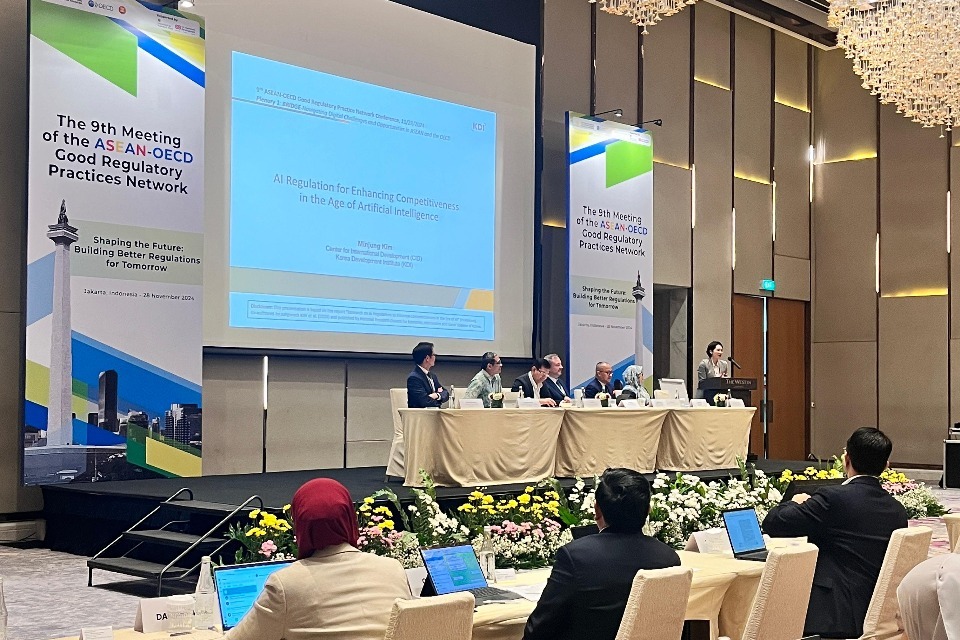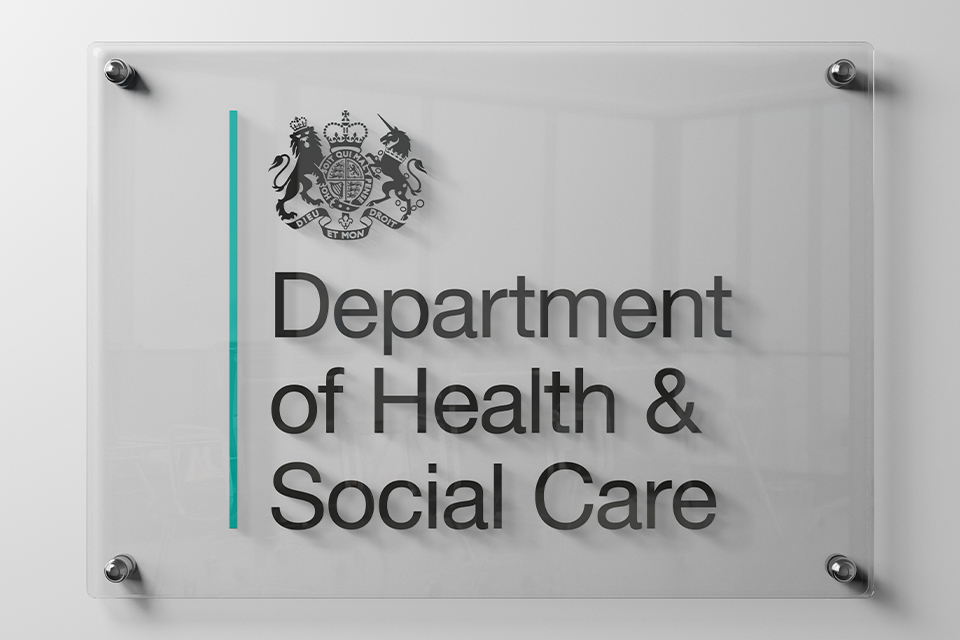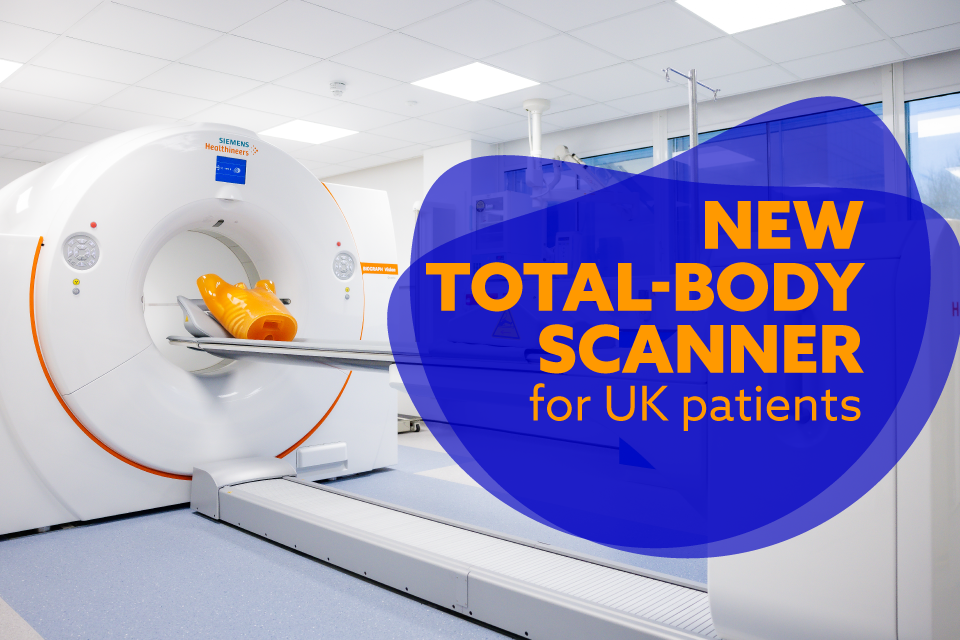The Post-market Surveillance (PMS) Statutory instrument (SI) laid in Parliament yesterday evening is the first major update to the framework of medical device regulations in Great Britain, led by the Medicines and Healthcare products Regulatory Agency (MHRA).
In 2021, the MHRA consulted on the ‘Future Regulation of Medical Devices in the UK’ in response to recommendations set out in the Independent Medicines and Medical Devices Safety (IMMDS) review, published in 2020.
Responses to the consultation were strongly supportive of introducing clearer and more robust PMS requirements to improve patient and public safety and called for closer alignment with international approaches.
Since January 2021 all medical devices have been required to be registered with the MHRA before they can be placed on the market in Great Britain a step-change in the Agency’s oversight of medical devices, allowing us to take more rapid action where safety concerns are identified.
By introducing clear, risk-proportionate requirements, the new legislation laid yesterday evening will build on measures already introduced to improve patient safety, facilitating greater traceability of incidents and reporting trends.
Laura Squire, MedTech Regulatory Reform Lead and Chief Officer at the MHRA, said
“Patient safety is our priority, and these new measures are expected to further reduce adverse incidents by ensuring manufacturers identify and address issues earlier and reduce the time for corrective actions to be taken.
“While the new legislation is focused on patient safety, it also benefits innovation and growth of the sector, with the collection of real-world data helping manufacturers to further improve existing products.
“This legislation reflects the Government’s wider priority of improving patient safety and is the first part of the new regulatory framework coming in for medical devices.’’
The explosion of innovation in health technology in recent years has the potential to bring transformative approaches to healthcare. These regulations will provide the necessary oversight to ensure that this progress is made as safely as possible.
This regulation also ensures that we have a strong foundation for patient safety in place before we bring forward future measures such as international reliance which will allow patients to benefit more quickly from some types of medical devices that have already been approved for use in other countries. We are committed to delivering a framework of regulatory reform that encourages innovation and growth in life sciences and which, in turn, brings huge benefits to patients.
Comprehensive guidance to support manufacturers with implementation and compliance will be published once the Parliamentary process has been concluded.
The SI proposes a six-month implementation period once Parliamentary processes have been concluded. This regulation could, therefore, become law in Summer 2025.
Ends
Notes to Editors
For media enquiries, please contact the [email protected], or call on 020 3080 7651.








